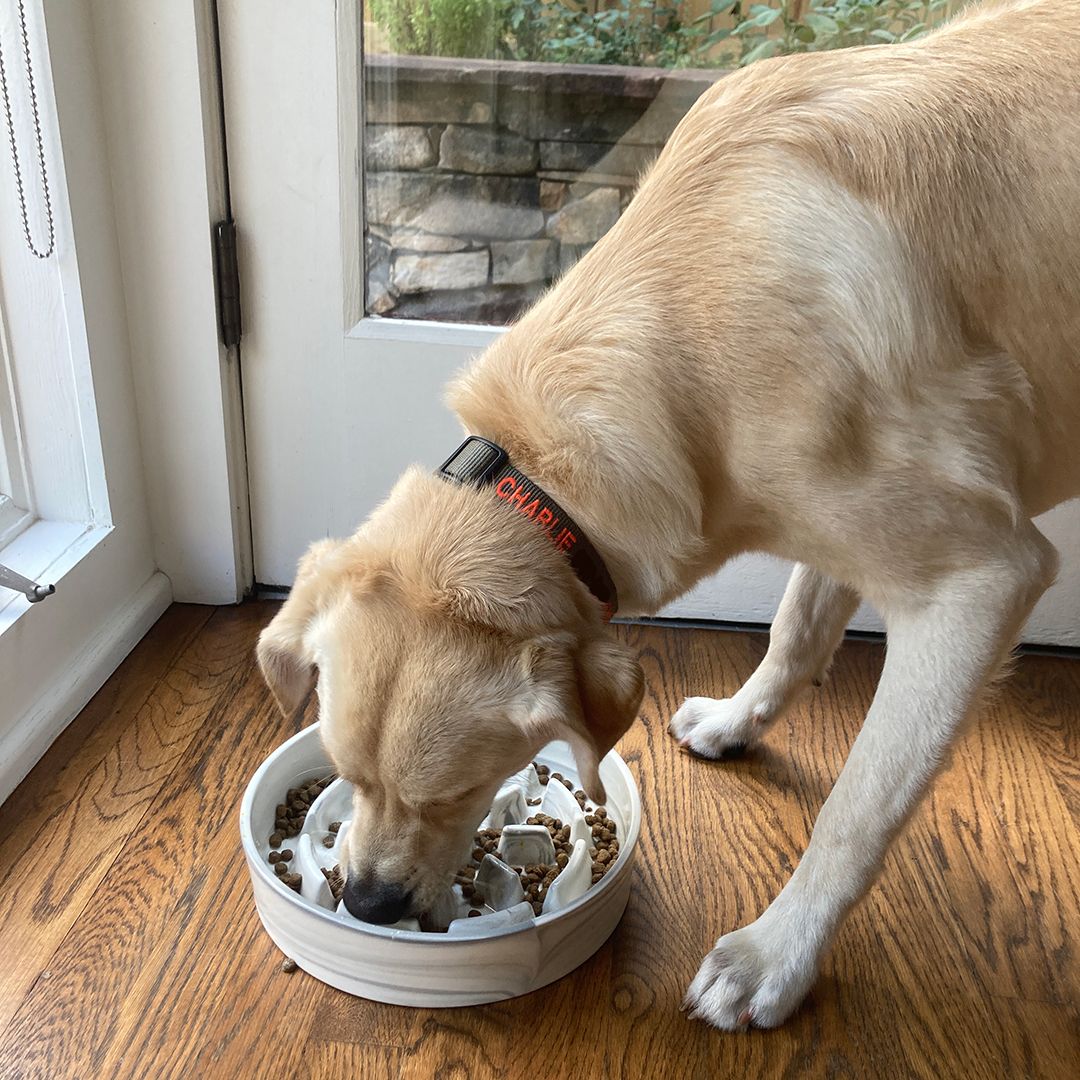Feeding your dog properly is one of the most important responsibilities you have as a pet owner. With so many brands and options available—grain-free, raw, kibble, wet food—it can feel overwhelming to make the right choice. This guide breaks down the essentials of selecting the best dog food based on your dog’s age, size, lifestyle, and health needs.
Why the Right Dog Food Matters
Proper nutrition supports every part of your dog’s health, including:
- Strong bones and joints
- Shiny coat and healthy skin
- Optimal energy levels
- Digestive and immune health
- Healthy weight maintenance
Feeding the wrong diet can lead to allergies, obesity, or chronic illnesses.
Understanding Dog Food Labels
Start by reading the label. Here’s what to look for:
1. Ingredients List
- Ingredients are listed in order of weight.
- Look for real protein (e.g., chicken, beef, fish) as the first ingredient.
- Avoid excessive fillers like corn, soy, or wheat.
2. Guaranteed Analysis
This tells you the minimum protein and fat content and maximum fiber and moisture.
3. AAFCO Statement
Ensure the food meets AAFCO nutritional standards for your dog’s life stage.
Choosing Based on Life Stage
Puppies
- Require more protein and fat for growth.
- Look for DHA (an omega-3 fatty acid) for brain development.
- Feed 3–4 meals daily until 6 months old.
Adult Dogs
- Balanced food with moderate calories to maintain weight.
- Adjust portions based on activity level.
Senior Dogs
- Lower calorie content, higher fiber for digestion.
- Joint-supporting nutrients like glucosamine and chondroitin.
- Antioxidants to support the immune system.
Choosing Based on Size
| Dog Size | Key Nutritional Needs | Best Food Type |
|---|---|---|
| Small Breeds | Higher metabolism, small kibble size | High-calorie, nutrient-dense |
| Medium Breeds | Balanced diet, portion control | Regular adult formula |
| Large Breeds | Joint support, controlled calories | Large breed formulas with glucosamine |
Dry Food vs. Wet Food
| Type | Pros | Cons |
|---|---|---|
| Dry (Kibble) | Affordable, long shelf life, dental benefits | Lower moisture content |
| Wet (Canned) | More palatable, higher moisture | More expensive, less convenient |
| Mix of Both | Balanced texture and taste | Need careful portion control |
Tip: Some dogs prefer a mix—use dry food as a base and top with a bit of wet food.
Grain-Free or Not?
Grain-free diets became popular, but are not always necessary. Grain allergies are rare, and most dogs digest grains like rice or barley just fine.
Consult your vet before switching to grain-free, especially since some links to heart issues have been reported.
Special Diets and Allergies
Signs of Food Sensitivity:
- Itchy skin
- Chronic ear infections
- Diarrhea or vomiting
- Excessive licking or chewing
Hypoallergenic Options:
- Limited ingredient diets
- Novel proteins (duck, venison, etc.)
- Hydrolyzed protein formulas (prescription-based)
Always consult a vet before diagnosing food allergies on your own.
Home-Cooked and Raw Diets
Home-Cooked
- Offers full control over ingredients.
- Needs proper nutrient balancing—consult a vet or canine nutritionist.
Raw Food
- Based on uncooked meat, bones, and organs.
- Can pose risks of bacteria or nutrient imbalance.
- Should be handled with care and fed under supervision.
Portion Control and Feeding Schedule
Overfeeding is a leading cause of obesity in dogs. Use:
- Measuring cups
- Feeding guidelines from the food label (adjusted as needed)
- Scheduled feeding: 2 meals per day for adults
Avoid free feeding, especially with dry food.
Switching Dog Food Safely
When changing food:
- Mix 25% new food with 75% old food for 2–3 days.
- Gradually shift to 50/50, then 75/25 over 7–10 days.
- Monitor for changes in appetite, stool, or energy.
Sudden changes may cause digestive upset.
When to Consult a Vet
See your vet if your dog:
- Frequently refuses to eat
- Has chronic stomach issues
- Loses or gains weight quickly
- Needs prescription food for a medical condition
Final Thoughts: Tailoring Nutrition to Your Dog
There’s no one-size-fits-all when it comes to dog food. The best diet is the one that suits your dog’s age, size, activity level, and health needs. With a little research and observation, you can give your furry friend a diet that supports a long, happy, and healthy life. 🐾🥣

